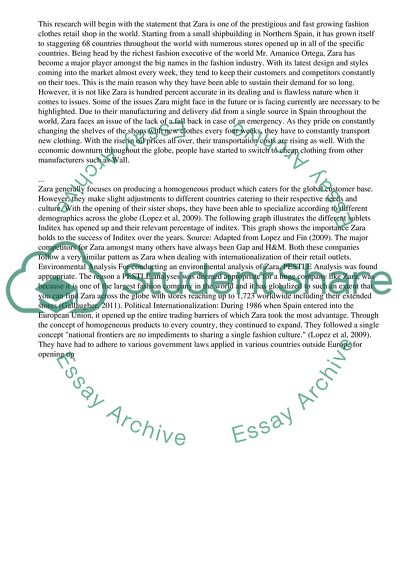Cite this document
(“Zara: Fast Fashion from Savvy Systems Essay Example | Topics and Well Written Essays - 3000 words”, n.d.)
Retrieved from https://studentshare.org/business/1394182-zara-fast-fashion-from-savvy-systems
Retrieved from https://studentshare.org/business/1394182-zara-fast-fashion-from-savvy-systems
(Zara: Fast Fashion from Savvy Systems Essay Example | Topics and Well Written Essays - 3000 Words)
https://studentshare.org/business/1394182-zara-fast-fashion-from-savvy-systems.
https://studentshare.org/business/1394182-zara-fast-fashion-from-savvy-systems.
“Zara: Fast Fashion from Savvy Systems Essay Example | Topics and Well Written Essays - 3000 Words”, n.d. https://studentshare.org/business/1394182-zara-fast-fashion-from-savvy-systems.


